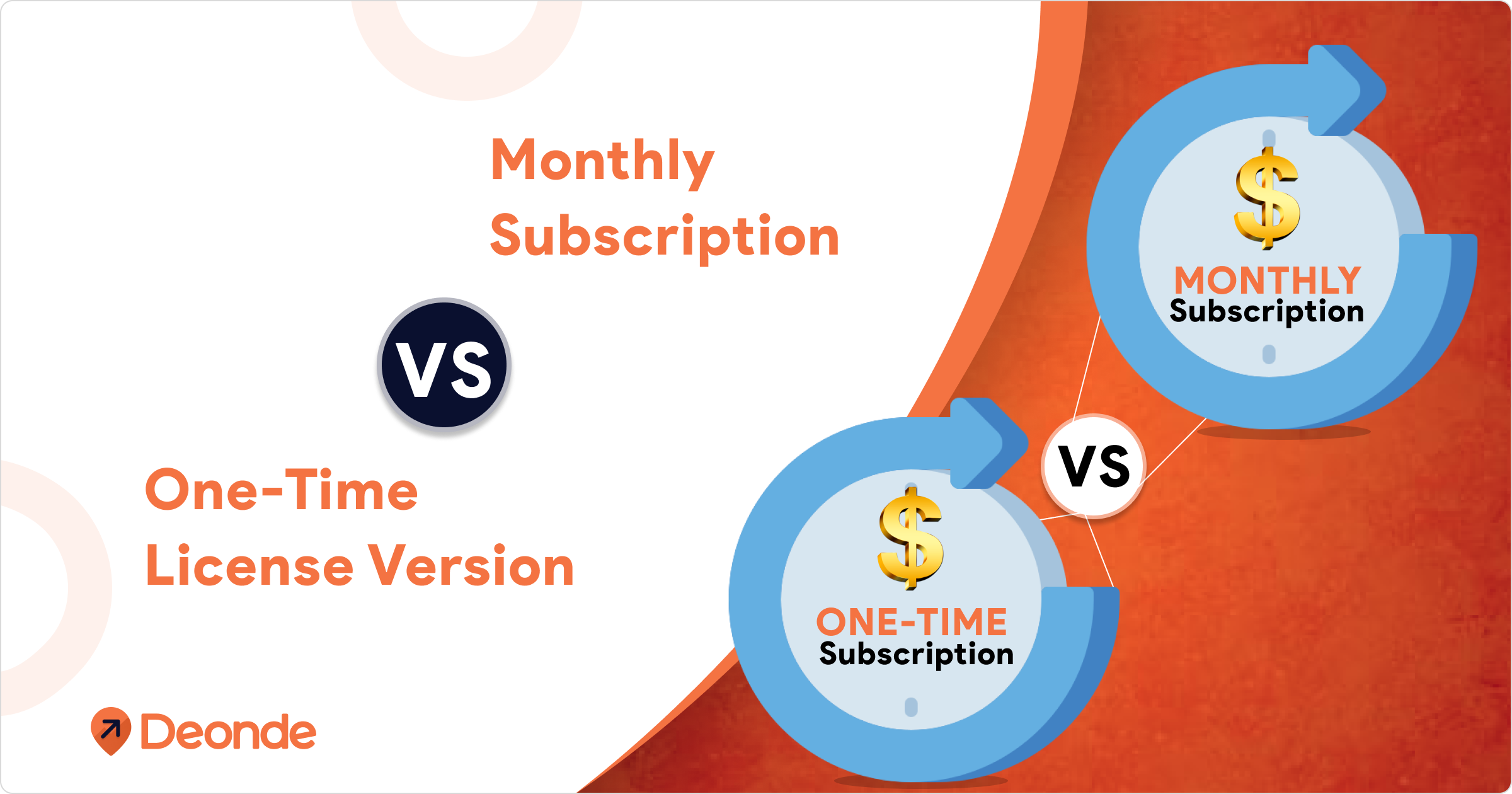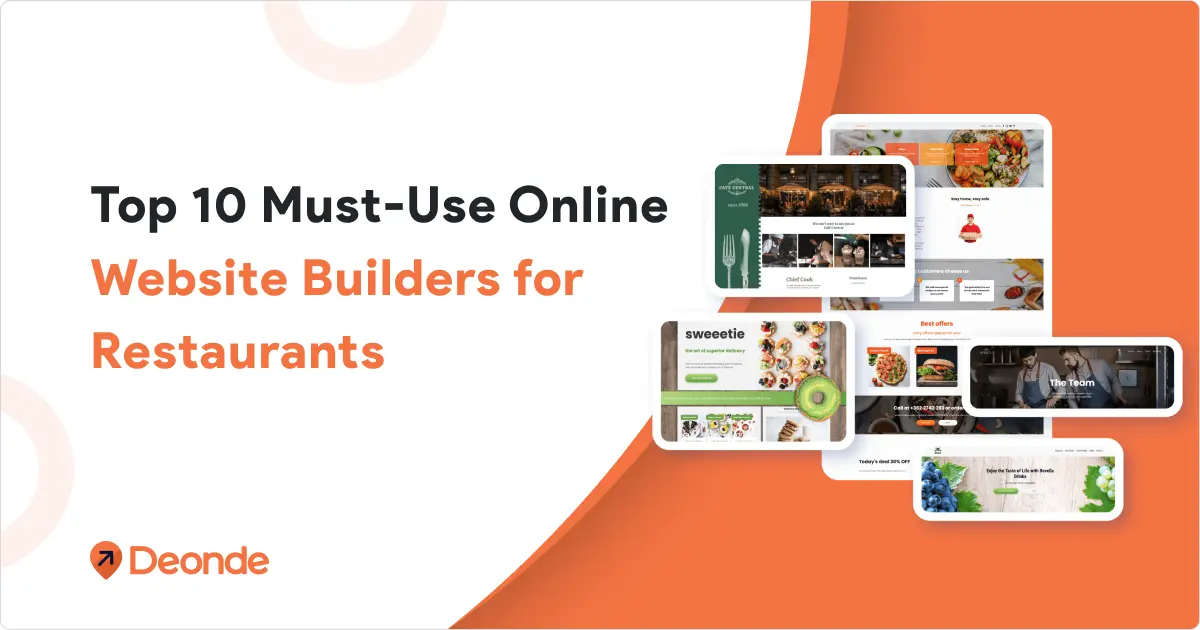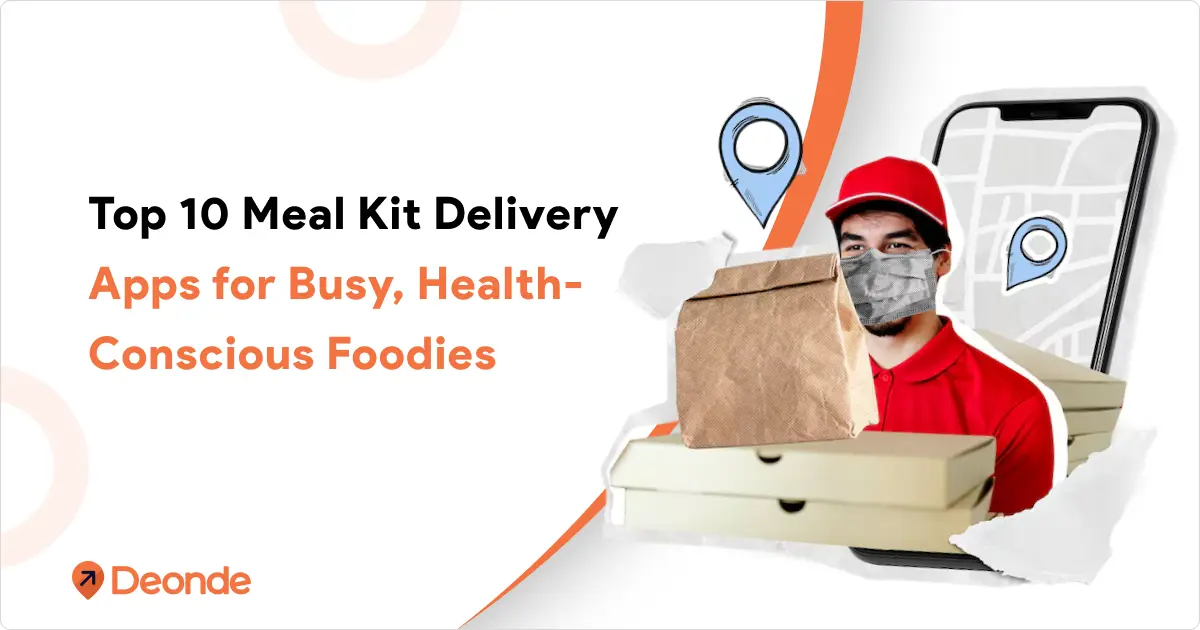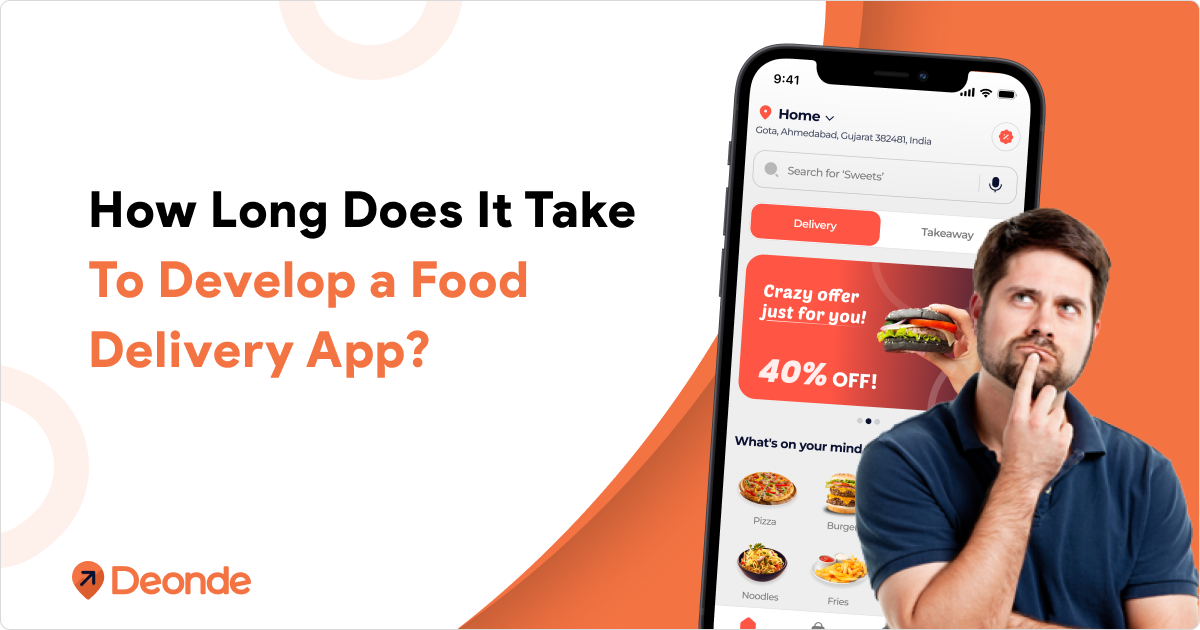In this age of online business, where every other company is planning to go online; all you need is to have an on demand app that further enables you to run your business smoother.
Tech startups face intense competition and funding scarcity, making smart spending essential. Costly website development can be a burden, especially early on. Lower-budget app development offers a viable alternative, enabling targeted reach and validation.
Beyond development costs, ongoing software expenses matter. The choice between monthly subscriptions and one-time purchases for SaaS impacts long-term budgets. Careful consideration of these pricing models is crucial for sustainable growth.
What Is a Monthly Subscription Model?
An on-demand monthly subscription model, known as Software-as-a-Service (SaaS), allows users to pay a recurring fee to access a product or service. This model eliminates the need for a large upfront investment, making it an attractive option for startups looking for flexibility and scalability.
How It Works for Businesses
Under this model, businesses pay a fixed or variable fee to use the software at regular intervals (monthly or annually). This pricing approach often includes updates, maintenance, and customer support. The software remains accessible as long as the subscription is active.
Examples of Popular Subscription-Based Software
Netflix: A streaming service offering a vast library of movies and TV shows for a monthly subscription fee.
Spotify: A music streaming platform providing access to millions of songs and podcasts with a premium subscription.
Amazon Prime: A membership program that includes free shipping, streaming video and music, and other perks for a recurring fee.
Deonde – A robust on-demand delivery and ordering platform tailored for businesses in the food and grocery sector, available on a subscription basis.
What Is a One-Time License Model?
A one-time license model is a traditional pricing strategy where customers pay a single upfront fee to purchase the software. Once the license is acquired, the customer owns the software and can use it indefinitely, although they may need to pay additional fees for major updates or support.
How It Works for Businesses
Businesses purchase a software license outright, which gives them unrestricted use of the product. However, additional updates, technical support, and maintenance costs may arise beyond the initial purchase.
Examples of Software with One-Time Licensing
TallyPrime – A business management and accounting software available for a one-time purchase.
Microsoft Office Home – A standalone version of Microsoft Office that requires only a single payment.
CorelDRAW Graphics Suite – A professional graphic design software with a perpetual license option.
WinRAR: A file compression tool available for a one-time license fee.
Monthly Subscription Vs One Time License Version
|
Feature |
On-Demand Monthly Subscription |
One-Time License Version |
|
Payment Model |
Recurring monthly or yearly payments |
One-time upfront payment |
|
Cost Structure |
Lower initial cost, but ongoing fees |
Higher upfront cost, but no recurring fees |
|
Ownership |
Users get access as long as they pay |
Permanent ownership after purchase |
|
Updates |
Regular updates and new features included |
Usually limited to a specific version, may require extra payment for upgrades |
|
Support & Maintenance |
Ongoing support and maintenance included |
Support may be limited or require additional payment |
|
Flexibility |
Can cancel anytime, pay only when needed |
No cancellation as payment is a one-time |
|
Access to Features |
Users get the latest features automatically |
Features remain as they were at the time of purchase |
|
Scalability |
Can upgrade or downgrade as needed |
No built-in scalability; requires repurchase for upgrades |
|
Suitability for Businesses |
Ideal for businesses needing flexibility and continuous improvements |
Better for businesses wanting long-term cost savings |
|
Cloud vs. On-Premise |
Typically cloud-based, requiring internet access |
Often on-premise, does not always need internet |
|
Best for |
Startups, growing businesses, and those preferring flexibility |
Established businesses with stable software needs |
Secure Income Structure
The recurring billing system is more impressive than the one-time license cost. The unique app includes the hiring, designing, development, customization, and other costs. On the other hand, the monthly subscription model is lucky, as no such charges are imposed separately.
- So, how does it work? Let me explain in layman’s terms. There are zero gaps between the billing cycles. As we can see, the first cycle ends and the next cycle automatically starts. Therefore, the period continues.
- Let’s discuss cloud-based companies and their work. Cloud-based startups plan to offer their services to customers worldwide. Ready-made solutions are ready for use and are further sold on rent as white-label solutions.
- When the monthly rental of any cloud-based company is as affordable as 15K per month, it is highly accessible to run a food or grocery delivery startup.
Why Startups Prefer Subscription Models
The monthly subscription model has become a go-to choice for startups, and for good reason. It offers a level of accessibility and flexibility that aligns perfectly with the needs of young, fast-growing businesses. One of the most significant advantages of subscription models is how easy they are to start and implement. startup can build and test MVP first opting for SaaS
For instance, imagine you’re launching a food or grocery delivery business. If you were to invest a substantial amount upfront in purchasing software or tools, you’d need to ensure your capital is fully ready before you can even begin. This could delay your launch and strain your budget. On the other hand, with a monthly subscription model, you can access the tools you need immediately by paying a small, affordable fee. This eliminates the barrier of high upfront costs and allows you to start operations quickly and efficiently.
Cost
Subscription Model Costs
- Recurring Fees: Monthly or annual payments can add up over time, but they are predictable and manageable.
- Scalability Costs: As your startup grows, you may need to upgrade to higher-tier plans, which will increase costs.
- Included Services: Most subscription fees include updates, support, and maintenance, reducing hidden costs.
One-Time License Costs
- Upfront Cost: A significant initial investment is required, which can hinder startups.
- Upgrade Costs: Major updates may require additional payments, adding to the total cost of ownership.
- Maintenance and Support: Ongoing costs for support and maintenance can accumulate over time.
For sure, this is a win for the month-based model. Cost-wise it proves lucky to the startup owners. It is easily affordable and manageable. If you want to check it out, you can talk to any business head and get an estimation of the total mobile app cost. You will surely get an idea about the easiest model to choose for your future on-demand delivery or booking startup.
Why Deonde?
White-Label and Customizable: Deonde’s solutions are 100% white-label, meaning businesses can brand the platform with their own logos and designs, creating a cohesive customer experience.
Tailored for Startups: Deonde is built with startups in mind, offering features like project management, CRM, and financial tracking in a single platform. Its modular design allows startups to choose only the features they need, ensuring they don’t pay for unnecessary functionality.
Flexible Options: Deonde understands that one size doesn’t fit all. We offer a mix of subscription models, allowing startups to choose the option that best suits their budget and growth trajectory. We are built to be adaptable.
Focus on Long-Term Partnership: We are not just a software provider. We want to be a partner in your growth. We offer customer support, online tutorials, and a vibrant user community, making it easy for startups to get the help they need when they need it.
Modern and Updated: Deonde is a modern platform that is constantly updated, so you can be sure you are using the latest technology.
By choosing a solution like Deonde, startups can enjoy the benefits of a subscription model while focusing on what they do best: building and growing their business.
Conclusion: Which Option is Better for Startups in 2025?
The choice between a software-as-a-service model and a one-time license version depends on various factors, including budget, scalability, technology trends, remote work needs, data security, vendor reliability, customization, and long-term vs. short-term needs.
For many startups in 2025, the monthly subscription model may offer greater flexibility, scalability, and access to the latest technologies, making it the better option. However, startups with specific customization needs, long-term usage plans, and concerns about data control may find that a one-time license version is more advantageous.
Ultimately, the decision should be based on carefully assessing the startup’s unique needs, goals, and resources. By considering the pros and cons of each model and staying informed about industry trends, startups can make an informed choice that supports their growth and success in 2025 and beyond.
FAQs
Which option is more cost-effective in the long run?
The Subscription Model is more cost-effective over time since you pay only once. However, the Subscription Model is better if you want a lower initial cost and regular updates.
Which model provides the best updates and support?
The Subscription Model includes frequent updates and customer support as long as you pay. In contrast, One-Time License users may need to pay extra for future updates and extended support.
Can I cancel my subscription at any time?
Yes, you can cancel a Subscription Model anytime, but you will lose access to the software once the billing cycle ends. One-time license users keep access permanently.
Can I switch from a subscription model to a one-time license later?
Some software providers offer a switch option, depending on their pricing policy. You may need to pay a lump sum to transition to a one-time license.
Are there hybrid pricing models that offer the best of both worlds?
Yes, some providers offer perpetual licenses with optional maintenance plans. These plans combine one-time ownership with continued updates for a smaller recurring fee.
Other Popular Blogs
- Monthly Subscription-Based Solution For Business Owners: Are They Worth It?
- 5 Elements That Prove How Subscription-based business models Can be Successful?
- How is a subscription-based food delivery business the latest trend in India?
- Why is Monthly Subscription-based Food Ordering and Delivery Solution in Demand?





